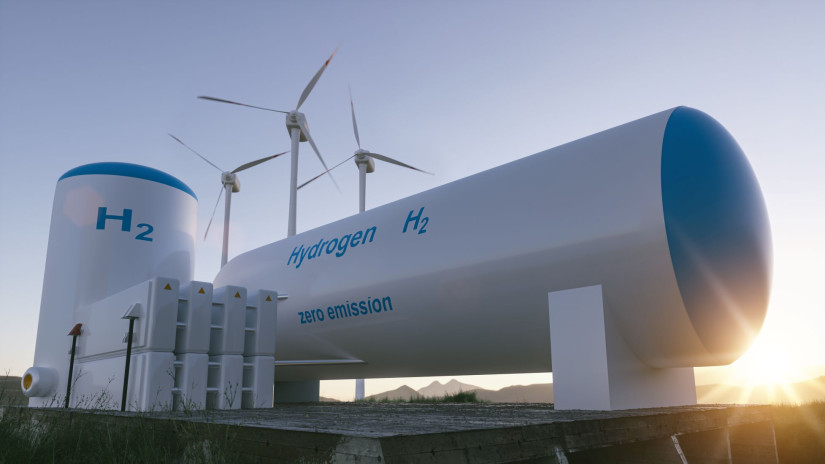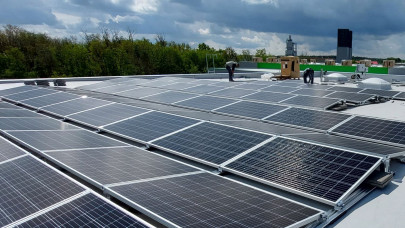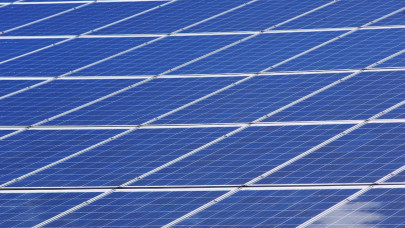Romania has developed its strategic document in response to the EU Hydrogen Strategy. The National Hydrogen Strategy project, currently in the final adoption phase, estimates an investment requirement of €4.8 billion to produce 152,900 tons per year of hydrogen from renewable sources by 2030. Of this, 47.3% will be used in transportation, 37.2% in existing industrial activities, and 15.5% in new industrial applications, particularly in steel production. The National Strategy project has undergone various modifications during the consultation process and currently proposes an approach aligned with Romania's decarbonization objectives, aiming to eliminate the use of hydrogen for residential heating and in natural gas combined cycle gas turbines (CCGT).
However, public discourse continues to be marked by misconceptions about the future of hydrogen, particularly regarding doubtful expectations of replacing natural gas in most current applications, thus maintaining the use of fossil fuels in the coming decades.
Myths about hydrogen production
Supporters of fossil fuel-based hydrogen production, who reject the need to phase out fossil fuels, consider the high cost of renewable hydrogen as the main challenge in its development and advocate for steam methane reforming as a more efficient alternative.
Myth: Renewable hydrogen production will be costly. While renewable hydrogen currently carries a higher cost than its fossil fuel-based alternative, there are promising prospects for overall cost reduction in the coming years. Forecasts indicate a significant decrease in electrolyzer investment costs (by approximately 5 times by 2030 compared to 2023) and the cost of renewable energy, which has consistently declined over the past decade, especially solar energy.
Myth: Grey hydrogen produced from fossil fuels is more cost-competitive. The recent energy crisis has demonstrated the volatility of natural gas prices, which can be influenced by unforeseen geopolitical actions. Although currently untapped natural gas reserves in Romania (Black Sea) create expectations of lower natural gas prices in the coming years, there is no clear forecast about the impact on wholesale natural gas market prices. Furthermore, the use of fossil fuels will become increasingly costly, considering the anticipated increases in carbon dioxide (CO2) prices due to the EU-ETS review. Thus, current fossil fuel-based hydrogen production must be phased out gradually.
Myth: Blue hydrogen will be a cost-effective alternative to renewable hydrogen. Another argument in the public sphere is that blue hydrogen represents a mix of potential cost reductions (from grey hydrogen – a previously disputed myth) and carbon footprint reduction through carbon capture, utilization, and storage (CCUS) of CO2 emissions. However, CO2 emissions cannot be entirely avoided as estimated capture rates cannot exceed 85-95%, while methane fugitive emissions persist. Therefore, the carbon dioxide price would impact this production method, and CCUS technologies are costly and increase operational expenses. Moreover, access to CO2 storage infrastructure remains an additional barrier for this production pathway.
Myths about hydrogen consumption
Hydrogen has also been presented as an alternative to directly replacing natural gas in several applications, including residential heating, combined cycle gas turbines (CCGT), and cogeneration plants (CHP). This narrative is used in the public sphere to create expectations regarding the use of existing natural gas infrastructure and to counter criticisms of investments in new natural gas capacity and associated infrastructure.
Myth: Hydrogen will replace natural gas in individual household heating. According to IRENA, a combination of 80% natural gas and 20% hydrogen could lead to an increase of over a third in resulting natural gas prices and consequently consumers' bills. Moreover, such an approach would be inefficient, as nearly half of the energy associated with this process would be lost, meaning for every 1 MWh of renewable energy, between 0.5 and 0.55 MWh of energy would ultimately be produced as heat. Alternatively, the direct use of renewable energy for heating via heat pumps is 6 to 9 times more efficient than using hydrogen, as 1 MWh of electricity produced from renewable sources could generate 3-4 MWh of heat.
Myth: Hydrogen is a competitive solution for decarbonizing passenger transport. Based on a comparison between fuel cell electric vehicles (FCEVs) and battery electric vehicles (BEVs) in terms of costs, efficiency, range, refueling/recharging time, infrastructure development, and environmental footprint, it is difficult to assume which solution is optimal for decarbonizing passenger transport. However, the market favors BEVs due to cost considerations, driven by continuous battery technology improvements, economies of scale, and existing charging infrastructure (created with public funding support). The overall efficiency, higher in the case of BEVs (approximately 83% conversion efficiency compared to 30% in FCEVs), is also important – resulting in approximately 2.8 times lower energy cost per kilometer for BEVs compared to FCEVs. Nevertheless, hydrogen will continue to play an important role in decarbonizing long-haul transport, either through fuel cells or synthetic fuels used in aviation and maritime transport.
Myth: Hydrogen will replace current fossil fuel consumption in gas-fired power plants. This process would be highly inefficient, estimated at 37%. The combination of this low efficiency and the higher cost of hydrogen compared to natural gas leads to the conclusion that these plants would be economically uncompetitive. Cost considerations may lead to these plants operating on natural gas in the long term, putting pressure on consumers' bills and risking not reducing greenhouse gas emissions.
Myths about hydrogen transportation
The potential use of existing natural gas networks for hydrogen transportation and blending has also gained traction domestically due to the narrative of using hydrogen for residential heating.
Myth: Natural gas pipelines can easily be retrofitted for hydrogen use. The main challenges and uncertainties regarding the transportation of pure hydrogen or its blend with natural gas in existing infrastructure are based on negative effects on pipeline materials (as hydrogen increases the crack rate in steel pipelines over time) and operational indicators due to hydrogen's lower volumetric energy density compared to natural gas. For long distances, injecting hydrogen into pipelines becomes economically unviable, with 50% of its energy content being lost when transported over distances of 6,000 – 6,500 km. In the case of existing natural gas infrastructure, small amounts of hydrogen blended with natural gas can be used without significant impact, but as the hydrogen share increases, problems may arise.
Myth: Hydrogen can be blended with natural gas in existing pipelines. Although there is concrete evidence of the feasibility of such an approach (e.g., Winlaton, the UK, which uses a blend of 80% natural gas and 20%














